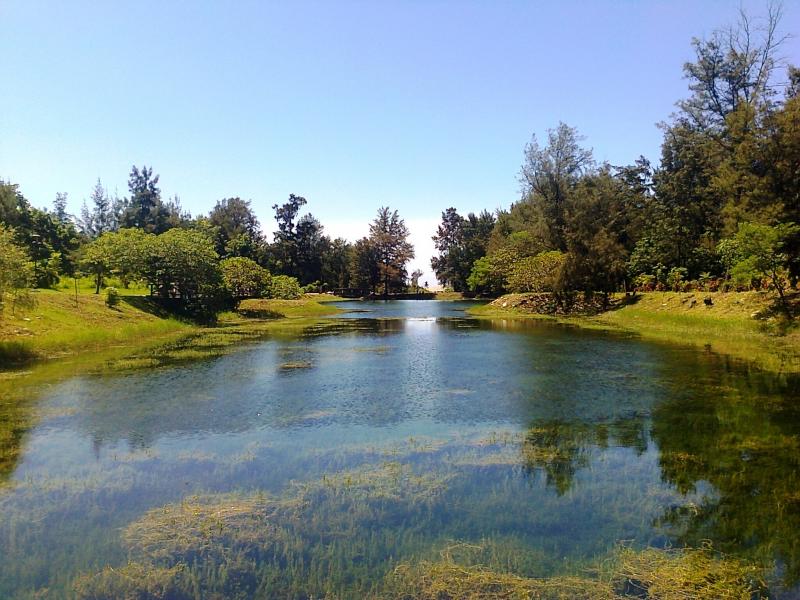
The Mythological Sites Of Japan
By Michael Hawthorn
Japanese mythology throws an onyx curve ball at the girders of logic and science that prop up modern society. It proposes a fantastical, often anthropomorphic and metamorphic genesis of the Earth we inhabit, to admittedly exquisite ends. An ethereal aura lingers beyond many of the cultural and historical sites in Japan, throwing scepticism to the wind, and striving to propel the vacillating gut of the agnostic in us all.
Lake Biwa
Lake Biwa is the largest salt water lake in Japan, located in west-central Honshu, just North-East of Kyoto (Japans previous capital city). Its beauty and grace is often referred to in Japanese poetry and the mythology circumvallating the lake is what draws many to absorb its elegance. According to the legend “My Lord Bag of Rice” a hero named Fujiwara no Hidesato famously slayed a giant centipede called Seta to please a dragon princess and was rewarded in her underwater palace for his success.
This lake is a delightful reservoir for families to fish, swim or take a boat ride out, but if a dragon princess appears to contract your assistance, don’t assume it to be a venial affair, and exhibit compassion and audacity only applicable to legends, rather express cowardice and indifference, and simply enjoy the view.
Izumo Taisha
This Shinto shrine in Izumo, Japan was erected to worship the deityOkuninushi after his congenial disposition charmed the sons of Amaterasu, the mythological Goddess of the Sun and the Universe, and momentarily swayed their decision to claim his land. The architecture of the shrine is in the Taisha style (one of the most archaic designs in Japan). Bark roofs complete with chigi and katsougi poles and a gable- entrance structure make this ornate construction spellbinding in gaze. But it’s the story behind the aesthetics that makes this shrine so captivating to behold.
The Izumo Taisha shrine remains today as one of the most ancient and important Shinto shrines in Japan. As more of an ancient Japanese village than a shrine, this site boasts a chain of gardens tiered and sectioned off with stone ramparts, and the entire complex is littered with small edifices characteristic of ancient domestic architecture. It is a mythological site swarmed with tourists because it is swollen with beauty, and as charming as Okuninushi himself.
Hitobashira, Matsui Castle
If the pioneering architectural prowess of the Japanese is to be believed, the plausibly sturdy concrete structures that form modern society need to be hauled down and lined with a more sinister compound: corpses. This sadistic method is said to have been applied to some Japanese buildings, in the belief that the spirits of the deceased will reinforce the brickwork. The idea was that if they sacrificed people and somehow spliced them into the building site, the Gods would be pleased and bless the building with longevity and protection.
This tale takes form in the human pillars of Matsue Castle. This feudal castle is one of the few remaining medieval castles comprised of their original wooden makeup. This preservation alludes to the myth that this remarkable site has masochistic undertones, and its archaic majesty today owed to spilled blood via pious enterprise. But putting aside any abominable fallacies, the Matsui castle is an exceptional entity at face value, and due admiration is rightly dealt to the men whose hands were worn by its brickwork, not the hands potentially crushed within.
Shinsen-en Garden
Located immediately south of Nijo castle, Shinsen-en is all that remains of pre 1331 Kyoto Imperial Palace grounds, and is the best known appearance site of Zenny Ryuo “Goodness-like dragon-King” of ancient Japanese mythology. During a rain making ceremony performed by two Buddhist monks he appeared dressed in a robe and crown to bring rain in an era of looming drought , and like an ephemeral nova, vanished as the sight grew too bright to take in.
This divine spring garden pays homage to the rain bringing apparition in emphatic fashion. With its amber Hosei Bridge arcing over the pond and the Zenny Ryuo shrine poised at its nucleus, this flora abounding enclosure is so pictorial it appears fictitious in itself.
Round Up
If reeling at the blissfully enchanting tales that shroud these Japanese attractions isn’t quite enough to stimulate your endorphins, surely the rustic artistry and the brilliantly engineered architecture that goes with it will knock you off your feet.
Share this article:



















